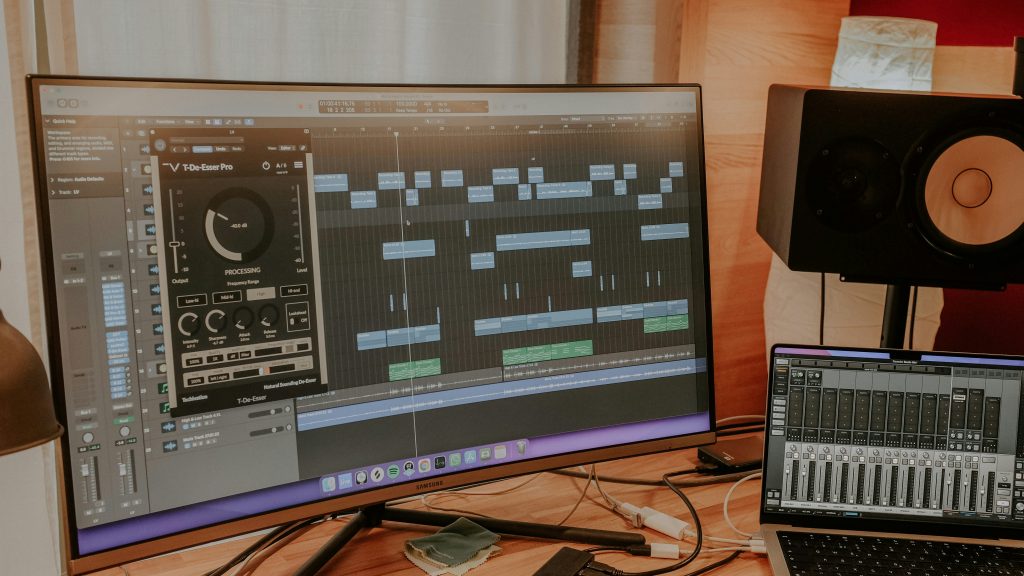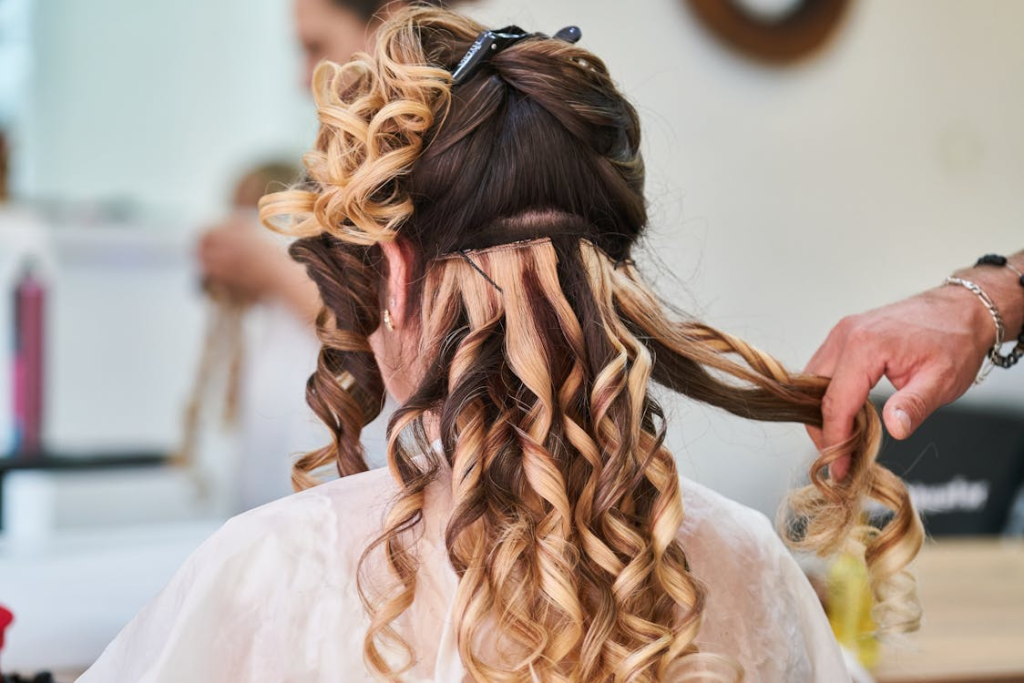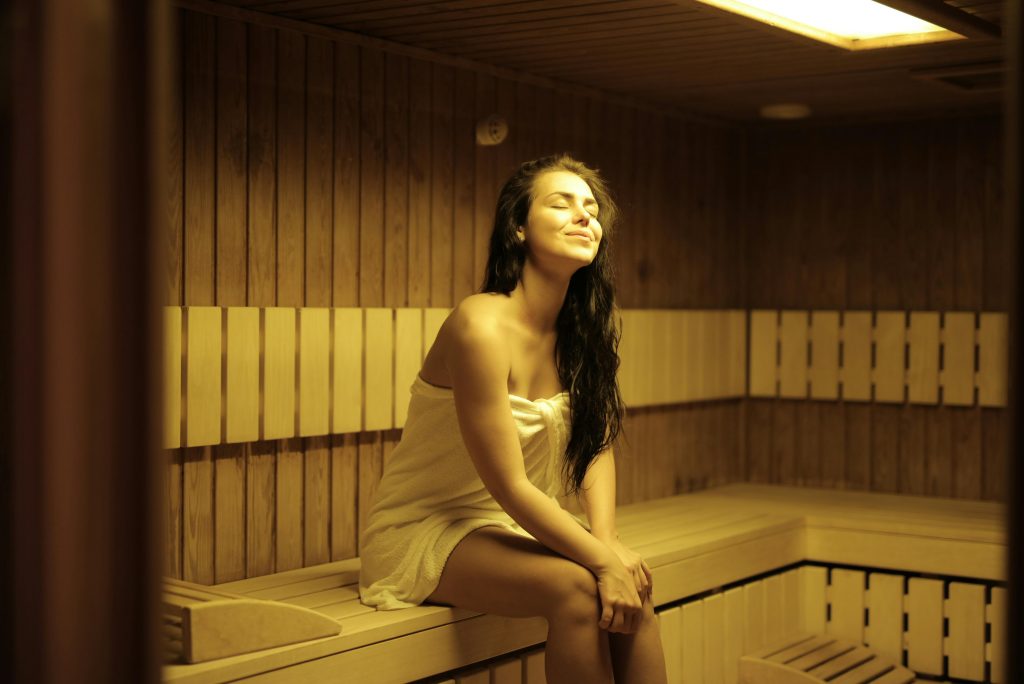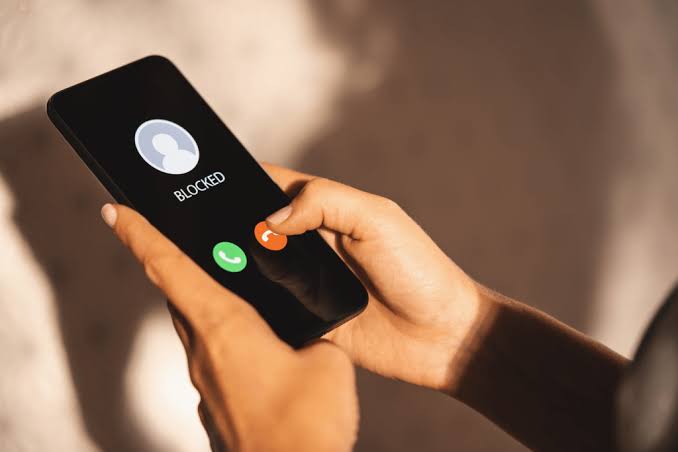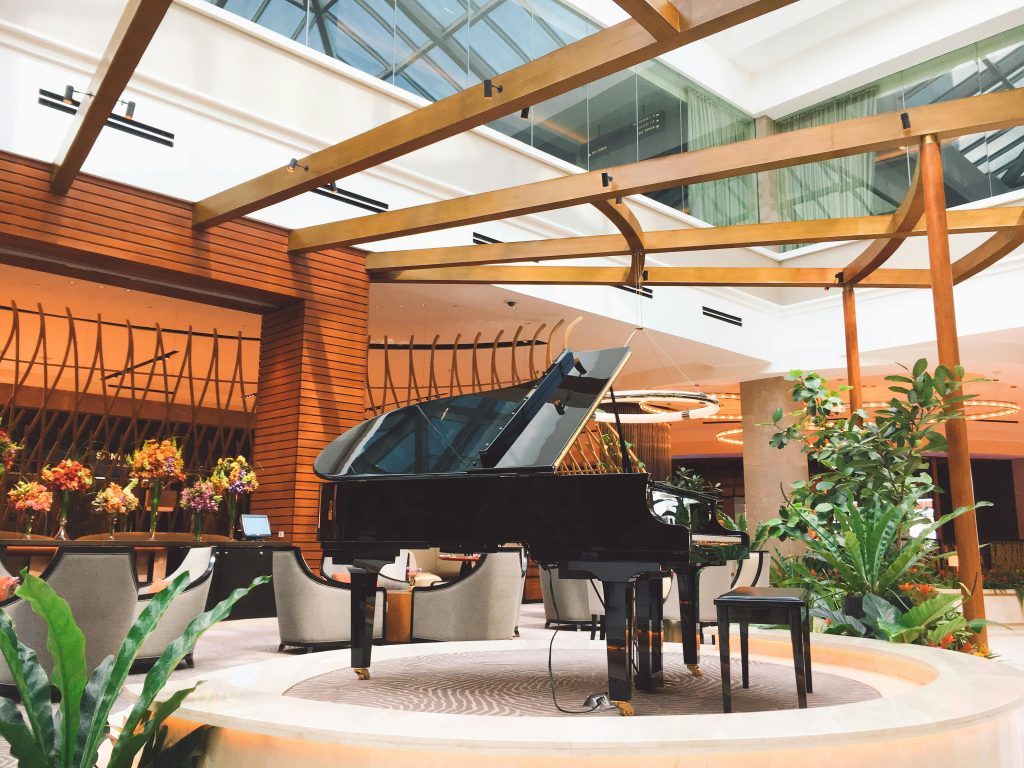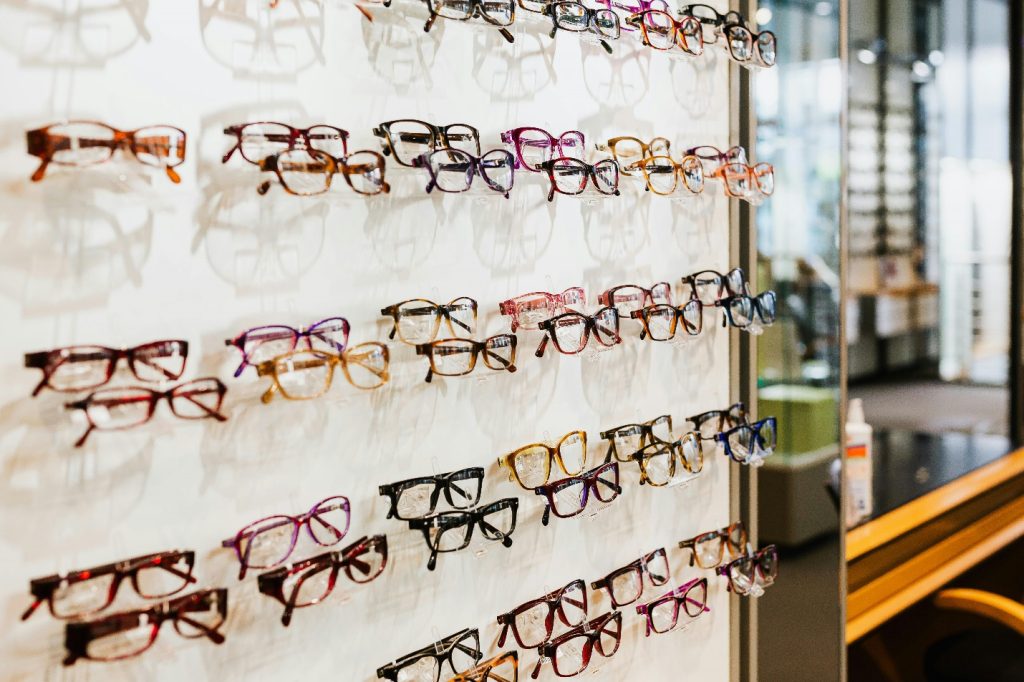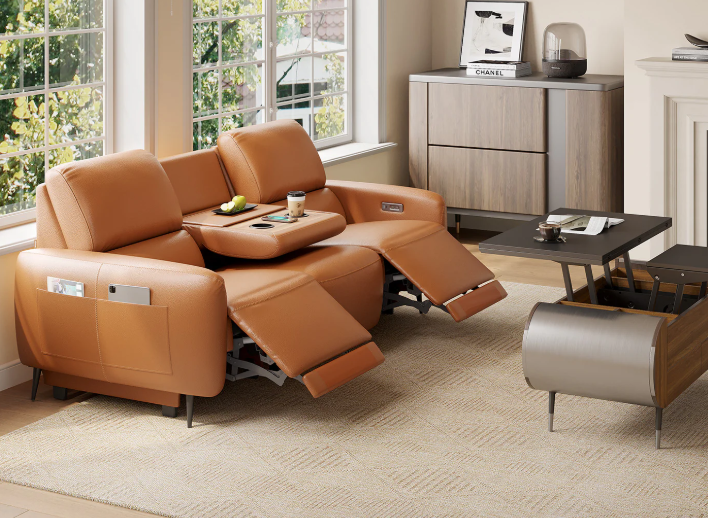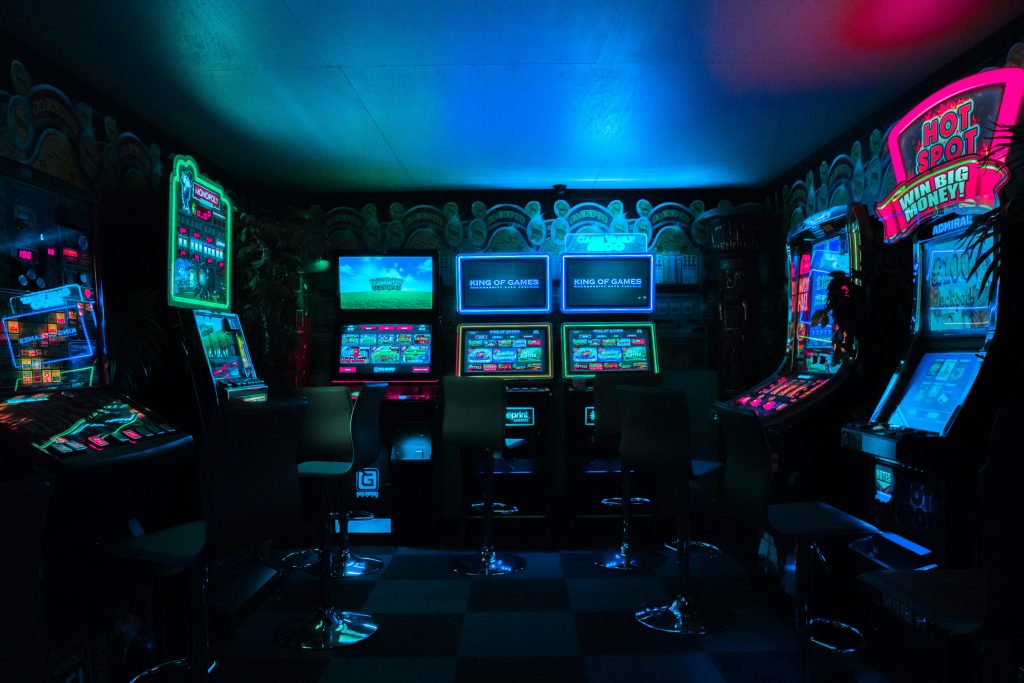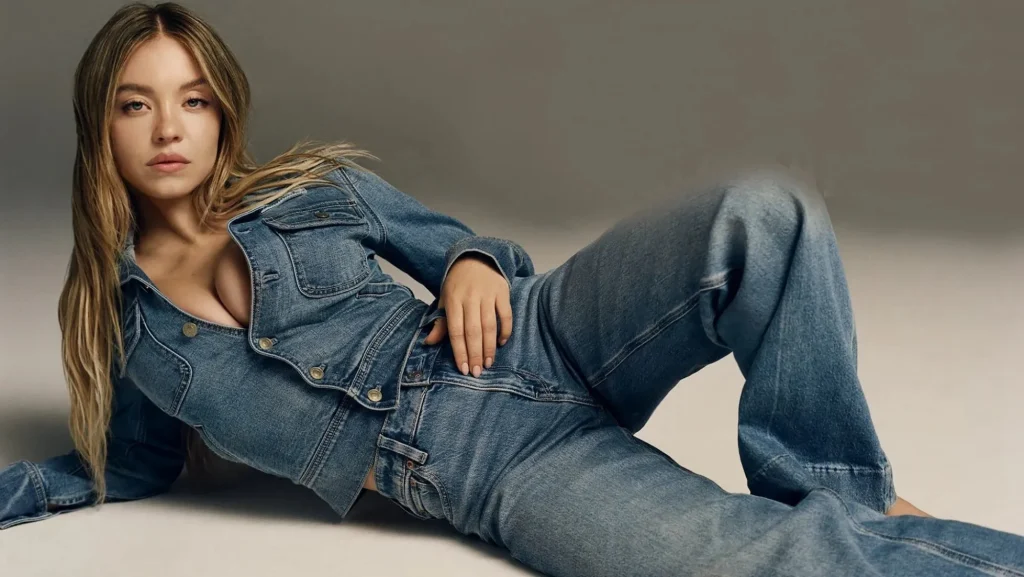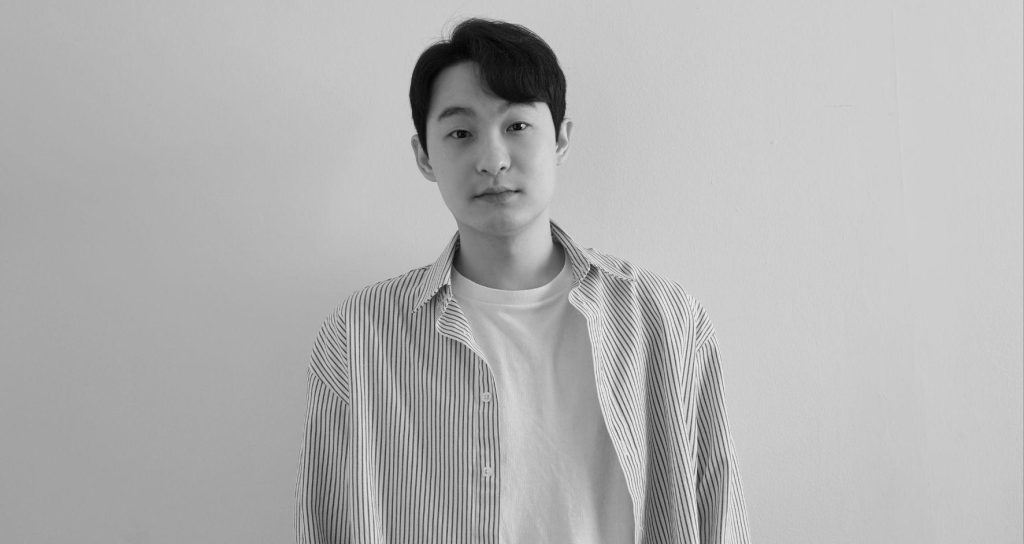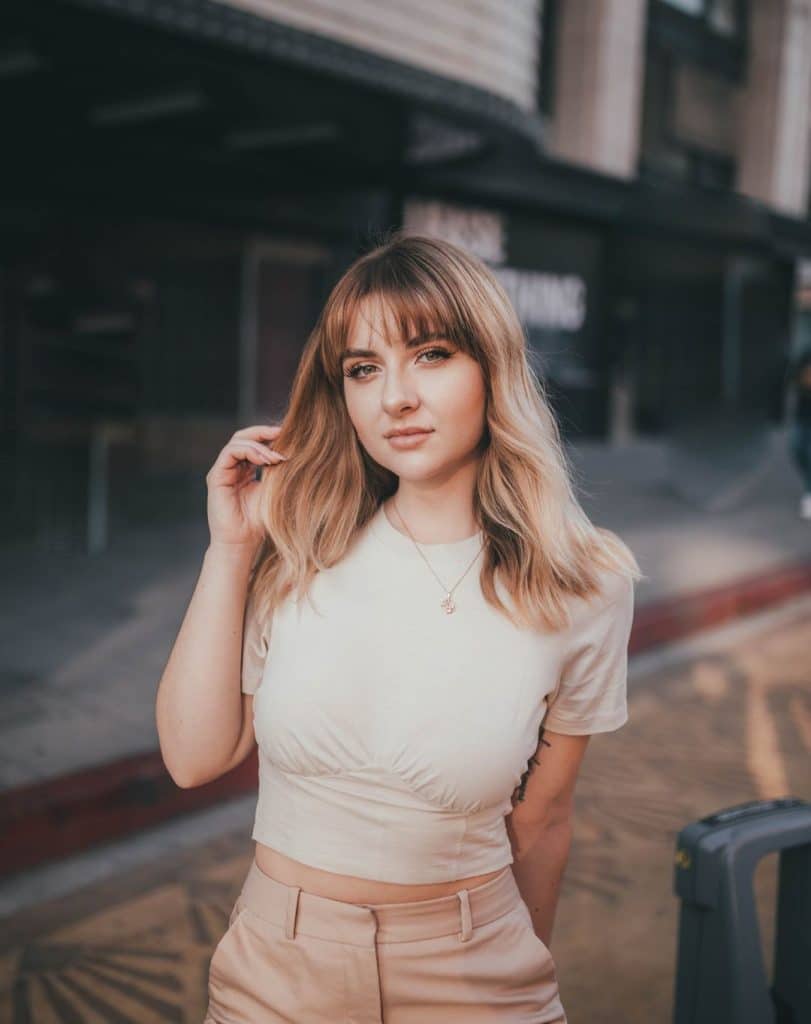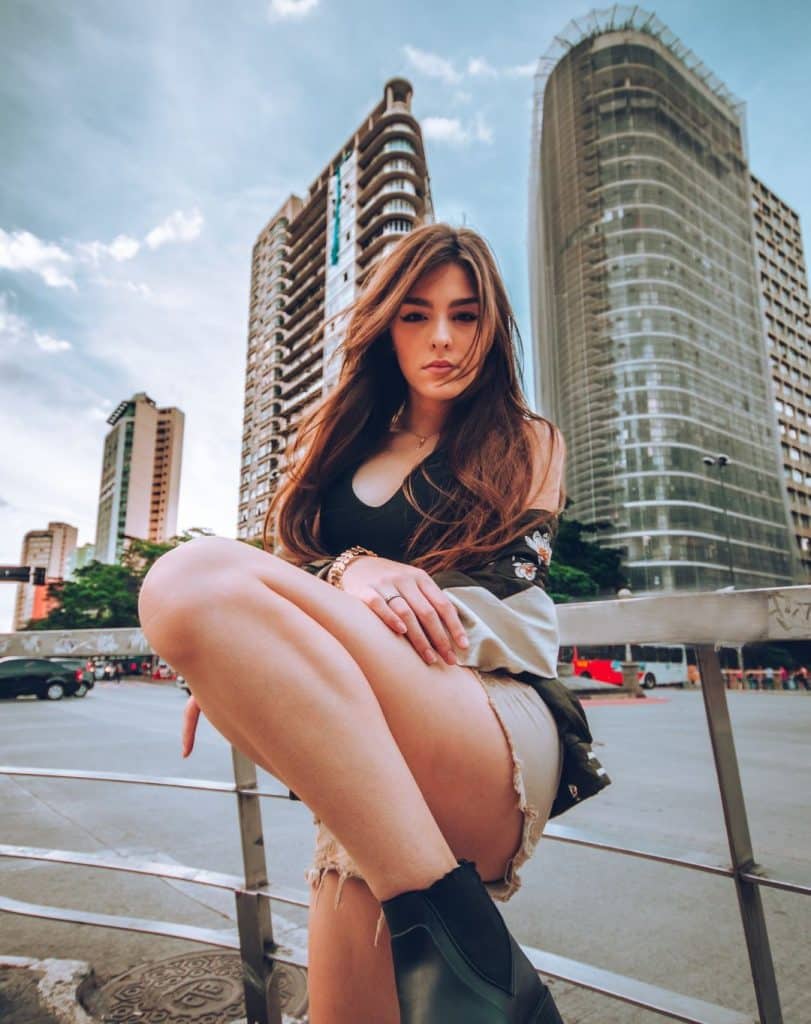Ever watched a movie and felt your heart race before a jump scare? Or noticed how a car engine in a game growls just right? That’s sound design at work. It’s not just about adding noise. It’s about building worlds. Atmosphere. Emotion. Tension.
And here’s the good news? You don’t need a fancy studio to get started.
Whether you dream of working in film, games, or digital media, there are ways to learn this craft, even from your bedroom. With an online sound design course or a focused music mixing course, you can begin building your skills today, step by step.
Ready to make some noise? Let’s walk through what it really takes to become a sound designer.
What Is Sound Design, Really?
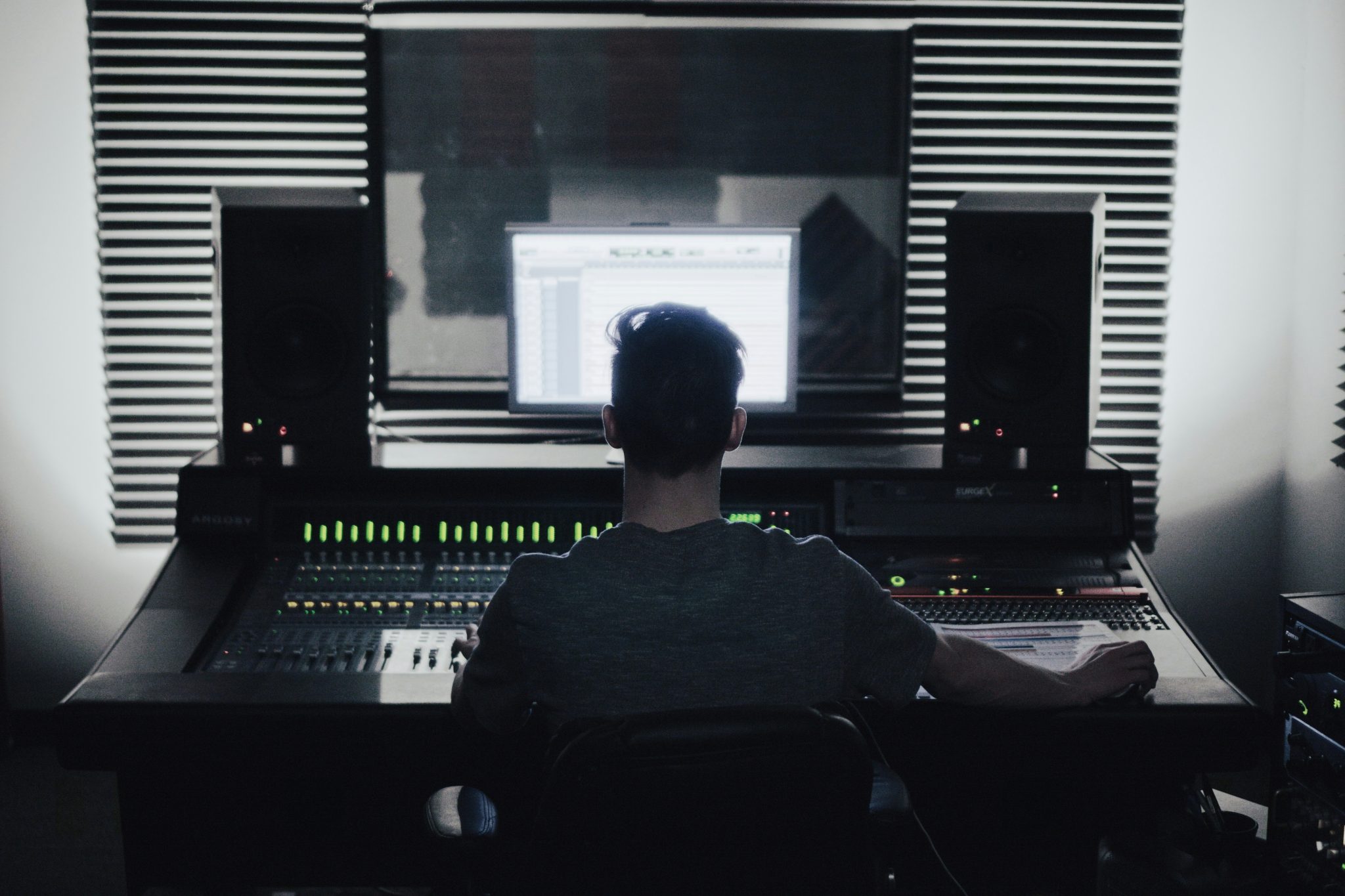
Sound design is the art of creating and shaping audio for a specific purpose. That could mean anything from the rustling of leaves in a movie to the deep bass hit in a trailer.
It’s not about random sound effects. It’s intentional.
Think of it like storytelling—but with sound. A well-timed breath. A distant echo. The sound tells us how to feel before we even know why.
Sound designers often:
- Create original sounds using software or field recordings
- Clean up or layer sounds for clarity and emotion
- Sync audio with visuals in post-production
And while some work on blockbusters, many work on podcasts, YouTube videos, indie games, and more.
Sound Design in Action: Where It Shows Up
You’ve heard it before. But maybe you didn’t know what it was.
Here’s where sound design plays a lead role:
- Movies – Explosions, dialogue clarity, ambient city sounds
- Video games – Every click, footstep, or reload sound
- TV shows and streaming series – Emotional cues, background audio
- Music – Layering effects and textures in a mix
- Theatre and live performances – Real-time environmental effects
- Podcasts and audiobooks – Scene-setting, transitions, and emotional cues
In short, if it has sound, it probably had a sound designer behind it.
What You Actually Need to Start
Here’s a secret. You don’t need to empty your wallet to begin.
Start small. Use what you have.
Bare essentials:
- DAW (Digital Audio Workstation) – Try Audacity (free) or Reaper (affordable). Later, explore Ableton Live or Pro Tools.
- Headphones or studio monitors – Even consumer-level gear works at first.
- Field recorder or smartphone mic – Capture real-world sounds easily.
- Free sound libraries – Check out BBC Sound Effects Archive or Freesound.org.
Optional but helpful:
- MIDI keyboard – Great for layering tones and effects
- Audio interface – Clean recordings and flexible routing
You’ll build your toolkit as you go. Focus on learning first, upgrading later.
Learn by Listening: How to Train Your Ears
This part? It’s underrated. But it matters more than gear.
Sound designers don’t just hear. They listen closely.
Try this:
- Watch a film scene muted. Then rewatch with sound. Notice the difference?
- Listen to everyday environments. What’s the quietest sound you can pick out?
- Compare two versions of a song. What’s different in the mix?
You’re building sound memory. Just like color grading for visuals, this sharpens your instinct for what works—and what doesn’t.
Bonus tip: Reverse-engineer your favorite scenes. What layers might be there? What choices were made?
Your First Sound Design Project (Step-by-Step)
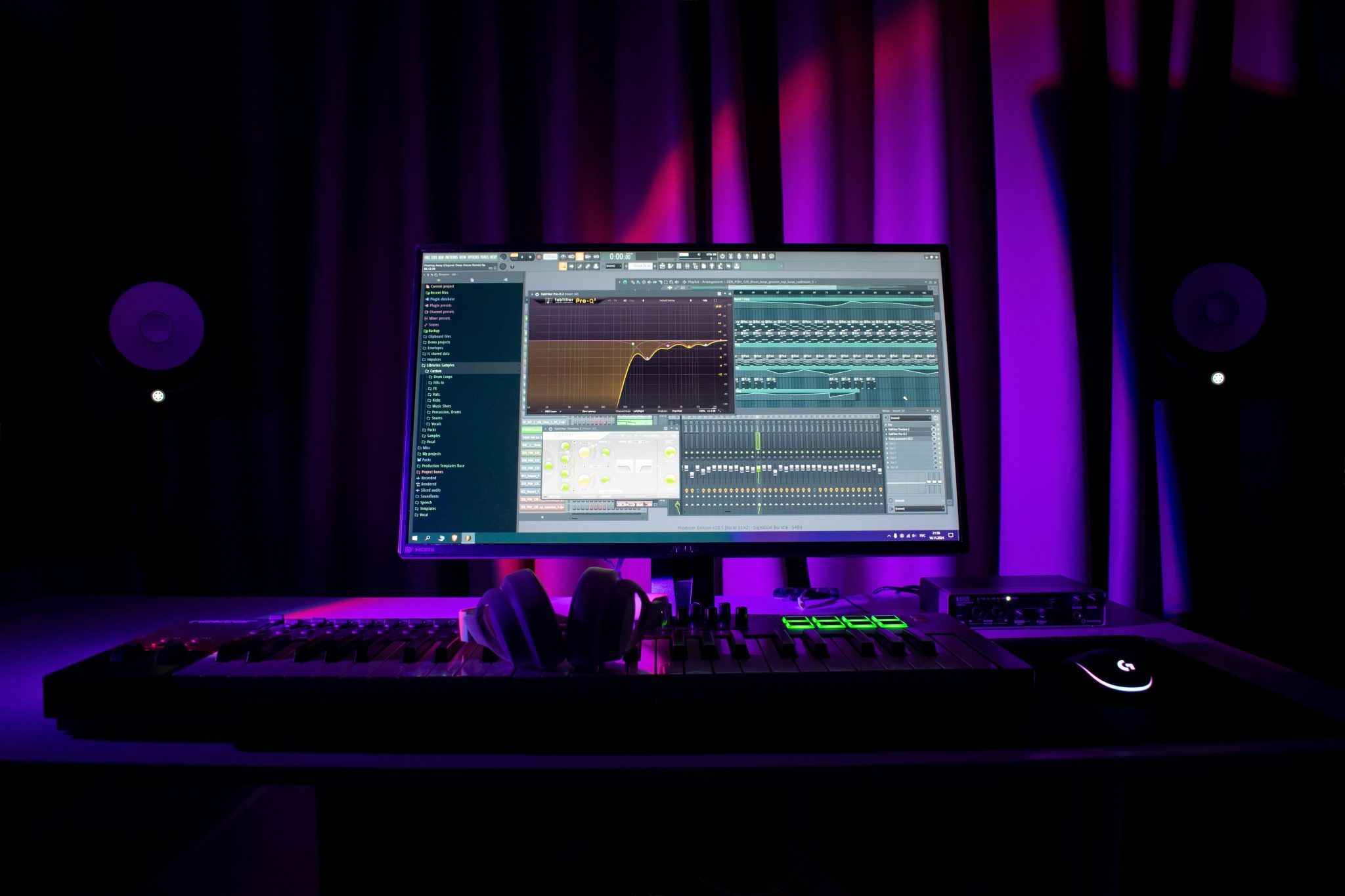
Ready to jump in? Here’s a beginner project you can do in a weekend:
- Choose a short video clip with no sound.
- Import it into your DAW.
- List all the sounds you’ll need. Footsteps? Wind? Dialogue?
- Record or find each sound.
- Layer, time, and tweak each sound for realism and mood.
- Add music or effects to tie it all together.
- Export and share. Get feedback. Improve.
Doesn’t need to be perfect. Just done. That’s how you grow.
How to Build a Portfolio That Gets Noticed
Even one project is a start. But to stand out? Keep going.
Here’s what makes a solid beginner portfolio:
- Diverse formats – A film scene, a game loop, a podcast intro
- Before-and-after examples – Show your edits and final version
- Short audio reels – 30–60 seconds of your best work
- Clear descriptions – What was your role? What tools did you use?
Put your work online. Use platforms like SoundCloud, Vimeo, or your own site. And keep updating it as your skills grow.
Breaking In: How to Land Your First Gig
No degree? No problem! Most people in this field got their first break by doing.
Start by:
- Reaching out to indie filmmakers and game devs
- Scoring student films or local ads
- Volunteering for theater or podcast projects
- Sharing short reels on Reddit or LinkedIn
Even small gigs build your rep. Get testimonials. Stay professional.
And always ask for credit—your name matters in this business.
Is Sound Design Right for You?
Let’s pause for a gut check. Sound design might be a good fit if you:
- Get excited by small details
- Love both creativity and tech
- Enjoy building atmosphere and emotion
- Have patience for trial and error
- Want to work in film, music, or games
Don’t worry if you don’t have it all yet. No one does at first.
But if this sounds like your kind of puzzle? You’re on the right track.
Final Thoughts: Let Curiosity Lead
There’s no perfect path into sound design.
Some start with a music mixing course. Others take a sound design course. Many simply experiment and learn as they go.
Whichever route you choose, the key is this: keep creating.
Record sounds. Layer them. Edit. Share. Repeat.
Every project teaches you something new. And one day, you’ll look back and realize… this all started with a single sound.


